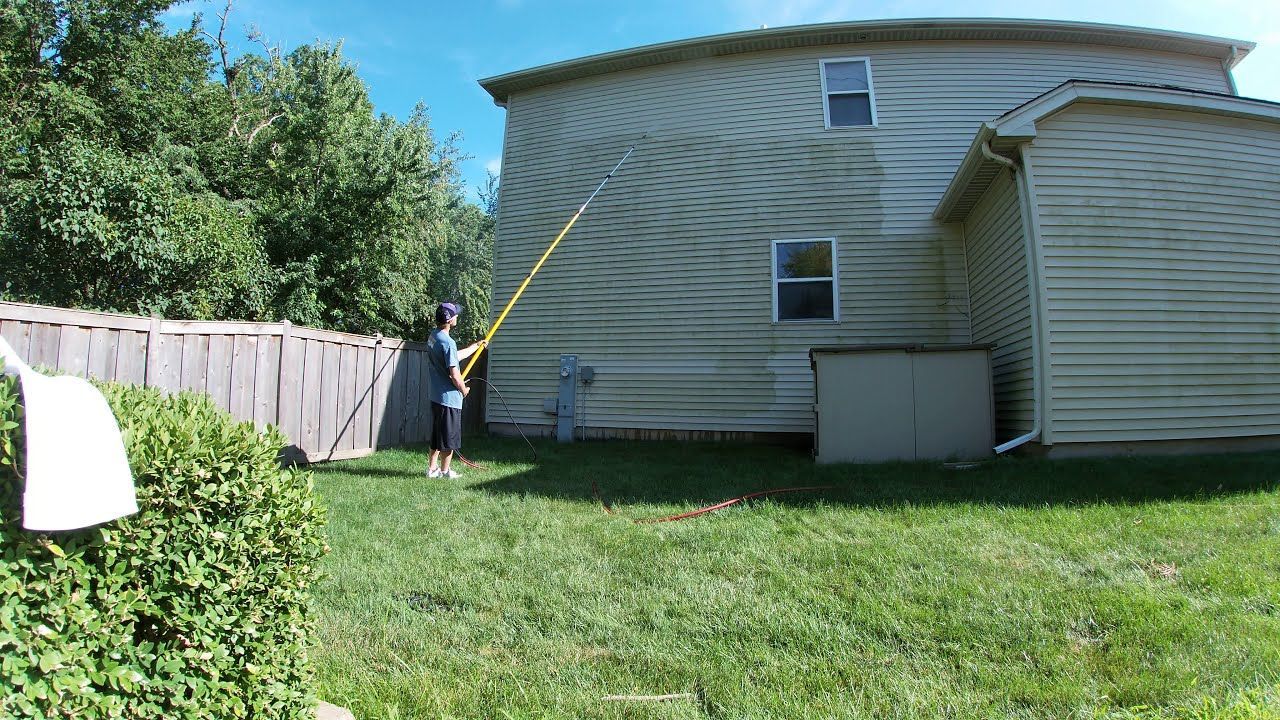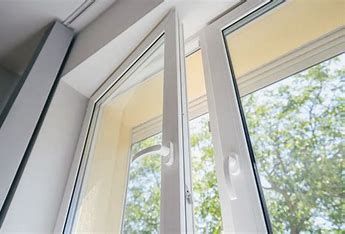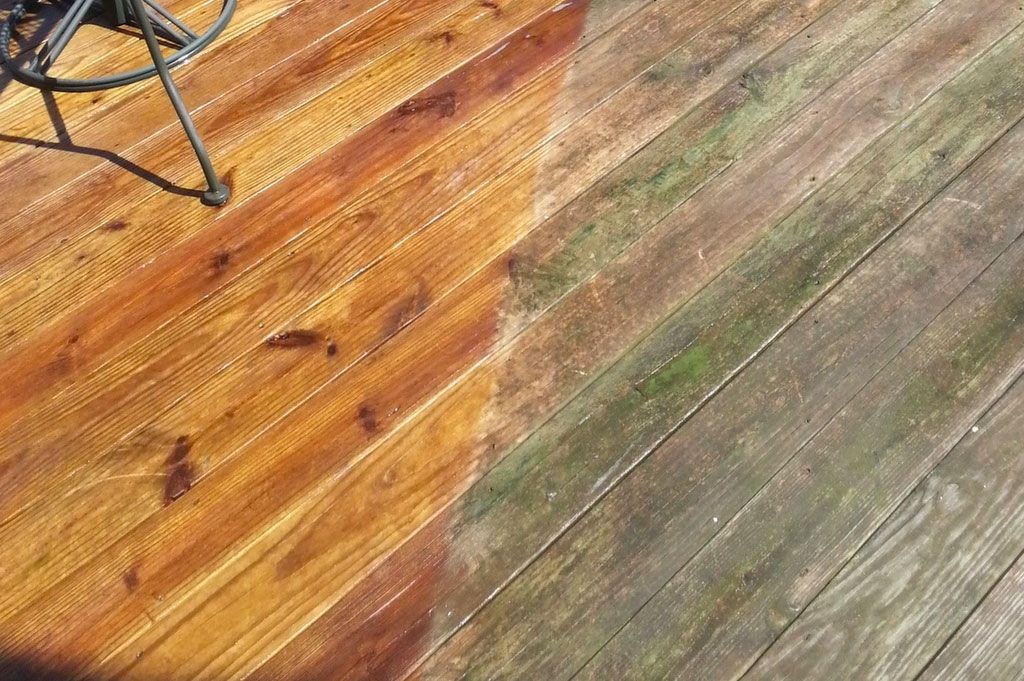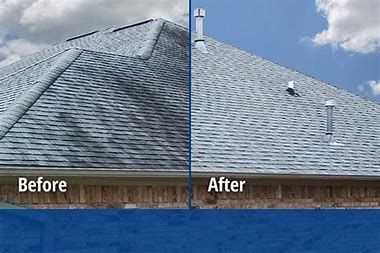Common Mistakes to Avoid When DIY Powerwashing Your Home
Prevent Damage and Save Time: Common DIY Powerwashing Mistakes and How to Avoid Them
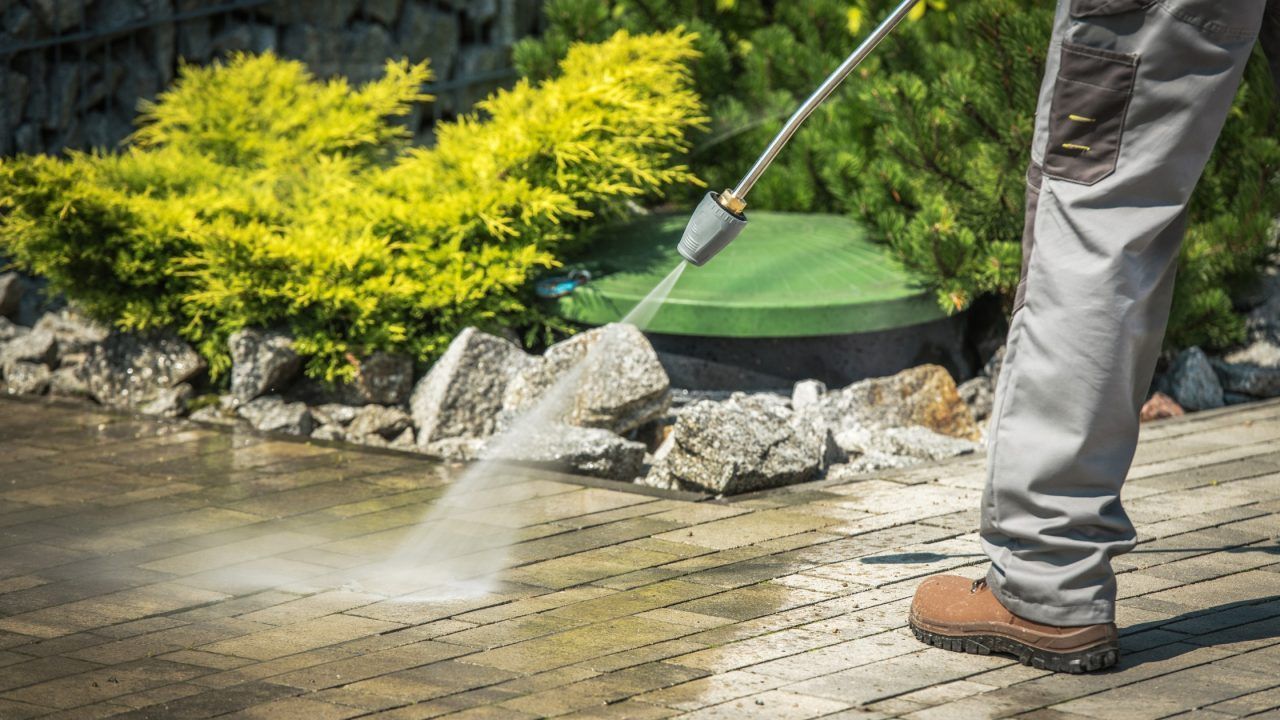
Powerwashing can seem like an easy and effective way to clean your home’s exterior, but when not done correctly, it can lead to costly mistakes, property damage, or even injury. Many homeowners opt for a DIY approach, hoping to save money, but without proper knowledge and equipment, they often make common mistakes that could have been easily avoided. To help you get the best results, we’ve highlighted the most frequent DIY powerwashing mistakes and provided tips on how to prevent them.
1. Using Too Much Pressure
One of the most common mistakes when DIY powerwashing is using too much pressure. High pressure can damage delicate surfaces, including siding, windows, roofs, and even wood decks. If the pressure is too strong, it can cause paint to peel, dent or crack surfaces, and even strip away protective coatings.
Solution: Always start with a lower pressure setting, especially for softer materials like wood or vinyl siding. For tasks like cleaning roofs or delicate surfaces, opt for a
soft wash instead, which uses lower pressure and specialized detergents to safely clean without causing damage.
2. Powerwashing Without Proper Knowledge of Surface Materials
Different surfaces require different cleaning techniques. Using the wrong technique can harm the material, leading to premature wear or costly repairs. For instance, using a pressure washer on a roof without understanding the types of shingles can result in lifting or dislodging the tiles.
Solution: Before powerwashing, make sure you know the material you're cleaning and adjust your pressure settings accordingly. If you're unsure about how to clean a specific surface, it’s best to consult with professionals who know how to treat different materials with care.
3. Neglecting to Protect Surrounding Areas
Powerwashing can send water, dirt, and debris flying in all directions. If you're cleaning close to delicate plants, windows, or electrical outlets, you risk causing damage to these areas.
Solution: Always take the time to cover any nearby plants, furniture, or outdoor fixtures that could be affected by water or debris. Use plastic sheeting or tarps to protect surfaces, and avoid spraying directly on sensitive areas like electrical outlets, air conditioning units, or outdoor lighting.
4. Using the Wrong Cleaning Detergents
Many people may overlook the importance of using the correct cleaning agents. Certain chemicals can damage surfaces or leave residue behind, while others may not be effective for removing tough stains like mold or algae. This can lead to striping of the mold on the house when some areas are not as affected by the chemicals used to loosen the mold or stains.
Solution: Invest in environmentally-friendly, surface-safe cleaning solutions that are designed for the type of surface you're cleaning. If you're cleaning your driveway or deck, make sure to choose a detergent specifically made for tough stains and grime.
5. Failing to Maintain the Powerwasher
Just like any other tool, powerwashers need regular maintenance to function properly. Failing to maintain the equipment can lead to poor performance, breakdowns, or even dangerous malfunctions.
Solution: Regularly check and clean your powerwasher, including replacing worn-out hoses or nozzles. Follow the manufacturer’s instructions for proper upkeep to ensure your equipment is in good working condition before each use.
6. Not Using the Right Nozzle or Attachments
Using the wrong nozzle or attachment can lead to inefficient cleaning or even cause damage to surfaces. For example, using a high-pressure nozzle on delicate areas, or the wrong attachment on hard-to-reach places, can result in subpar cleaning results.
Solution: Be sure to choose the appropriate nozzle for the job. For larger, tougher surfaces like driveways, a wide-angle nozzle works best, while a more concentrated nozzle is ideal for smaller areas or detailed cleaning.
7. Powerwashing on a Windy Day
While it may seem like a good time to clean your driveway or house when the sun is out, windy days can create problems. The wind can blow debris back at you or cause the water to spray in unwanted directions, leading to poor results and safety hazards.
Solution: Choose a calm day with little to no wind to do your powerwashing. This will give you better control over the direction of the spray and reduce the chances of debris blowing back at you.
8. Forgetting to Test the Powerwasher on a Small Area
If you’ve never used a powerwasher before, jumping straight into cleaning large surfaces can be risky. Not testing the powerwasher on a small, inconspicuous area first can lead to damage that’s hard to repair.
Solution: Always test the pressure and technique on a small, hidden area of the surface you’re cleaning before going in full force. This will help you determine if the pressure is too high or if the cleaner is effective without causing damage.
9. Overlooking Safety Precautions
Powerwashing might seem like a simple task, but it is dangerous. Powerwashers can cause injury if not handled properly, and water under pressure can be cause serious injury if it hits the body in the wrong way, particularly up close.
Solution: Always wear protective gear such as safety goggles, gloves, and non-slip shoes when powerwashing. Be sure to keep children and pets away from the area you're cleaning and use the equipment as instructed by the manufacturer.
10. Ignoring the Need for Professional Help
Sometimes, despite your best efforts, a DIY powerwashing job just isn't enough. Experience in different kinds of powerwashing helps Tong's powerwashing especially when dealing with large areas, tough stains, or delicate surfaces like roofs and windows.
Solution: When in doubt, call in professionals who are trained and experienced in powerwashing. Professional companies can ensure the job is done correctly, safely, and without causing damage to your property.
Ready to work with Tong's Powerwashing?
Let's connect! We’re here to help.
Send us a message and we’ll be in touch.
Or give us a call today at 317-677-3182
Agency Contact Form
More Marketing Tips, Tricks & Tools



